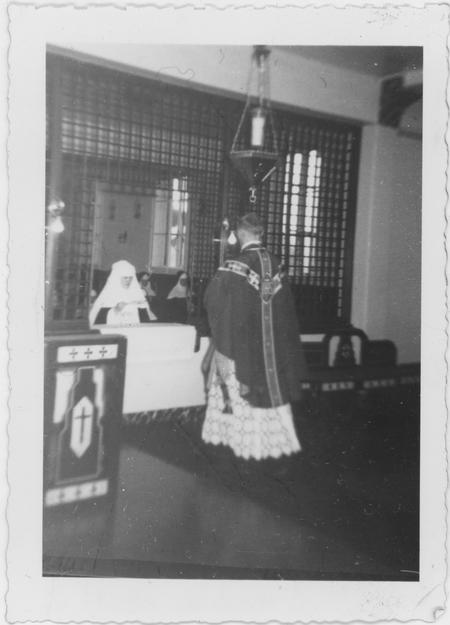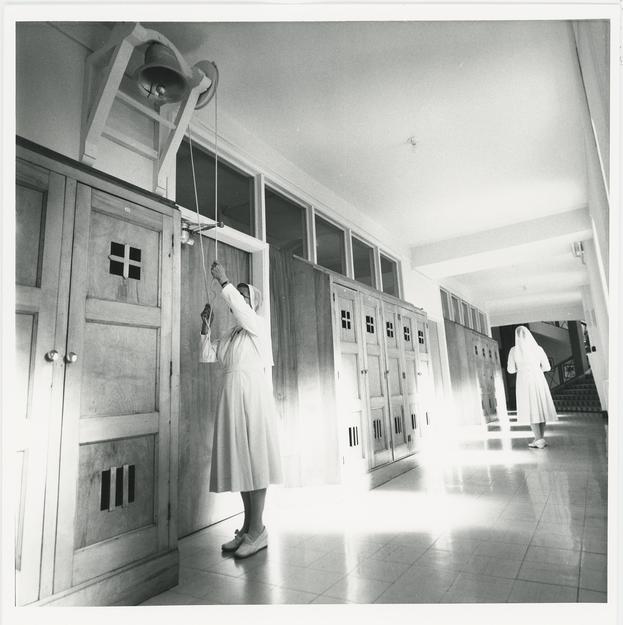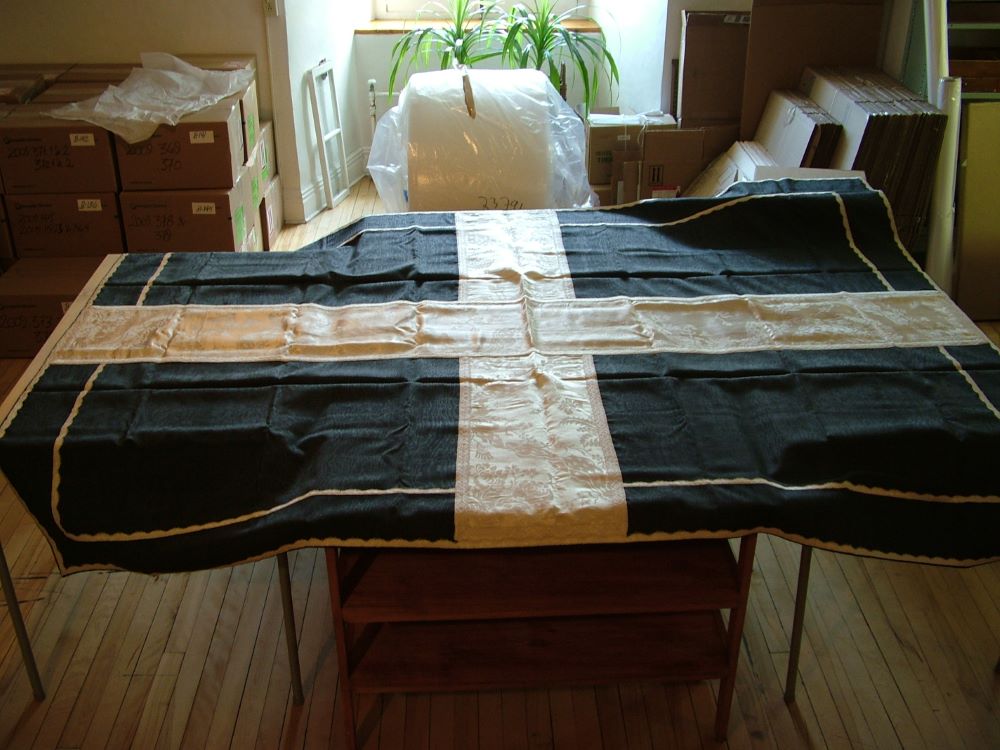The cloistered life of the Augustinian sisters revealed through their collections
From the 17th to the 20th century, the Augustinian sisters of Québec lived a cloistered life. From the Council of Trent (1545-1563) until the Second Vatican Council (1962-65), cloistered life was a requirement for all female religious communities seeking recognition by the Catholic Church. The archives and collections that the Augustinian sisters have bequeathed trace the history of this lifestyle, mysterious to the modern gaze.
What was the daily purpose of religious enclosure? To withdraw physically from the outside world in order to foster prayer, discipline, and community life. These rules certainly shaped the way the Augustinian sisters lived and their perception of the world.
A challenging establishment in New France
When they arrived in Québec in 1639, the Augustinian sisters faced immense challenges. Their mission was to found the first hospital in North America, while also respecting the Church’s monastic rules. At that time, nothing was yet in place to enforce enclosure as ordered by the Council of Trent.
Because of the lack of appropriate infrastructure, the Church granted the Augustinian sisters certain flexibility until permanent buildings could be constructed in accordance with monastic rules. Over the decades, the monasteries grew and became more structured, enabling the sisters to truly live in enclosed spaces, separated from the world. A cloistered life now revealed through many objects and archives.
Symbolic objects of the cloister: material memory of an intangible heritage
Today, Le Monastère’s collections preserve numerous objects that bear witness to that era. These artifacts are not simply material remnants: they illustrate the strong link between spiritual life, religious discipline, and a strong communal identity.
Cloister grilles
These grilles (screens) recall that once, any encounter with the outside world was carefully managed. In the parlor, in the church, or even in the hospital’s pharmacy—places where verbal communication was permitted—these grilles served as a physical boundary between the Augustinian sisters and visitors.

Monastery bells

Located in various places within monasteries, the bells regulated daily life. Each ringing announced specific moments: prayer, meals, work, or mass. Even the arrival of a doctor in the monastery’s infirmary required a distinct signal, inviting the Augustines to veil themselves more completely during these rare external contacts.
The mortuary shroud

Used during the perpetual profession ceremony, the mortuary shroud symbolized the total break with lay life. This textile piece was laid upon the new sister, who was prostrate on the floor. It was a way of witnessing her total commitment to the community and to God. This ceremony represented the final stage of passage into full community life after postulancy, novitiate, and temporary profession.
A living memory at the heart of Québec’s religious heritage
Even though the cloistered life of the Augustinian sisters now belongs to the past, this moment in history lives on through the heritage preserved by the community. Le Monastère’s collections ensure the preservation and transmission of this patrimonial legacy.
To preserve and promote this heritage is a way to recognize and honor the spiritual and cultural legacy of these religious women. It is also a way to understand how their life—both isolated and outward-looking through their role as caregivers—helped to shape our community.
Text inspired by Marie-Ève Boulay’s article, written as part of her final internship for her Specialized Graduate Diploma in Museology.
For more information on Le Monastère’s archives: https://archives.monastere.ca/

